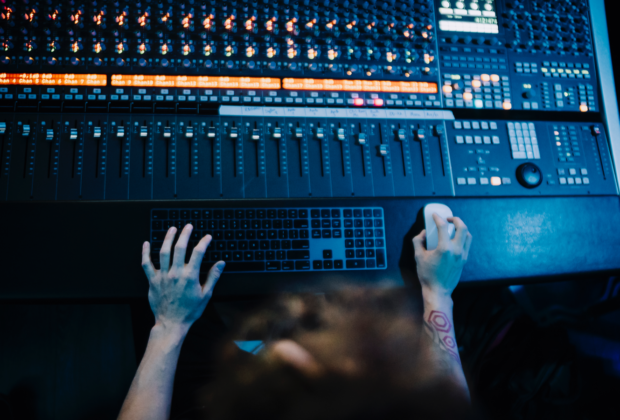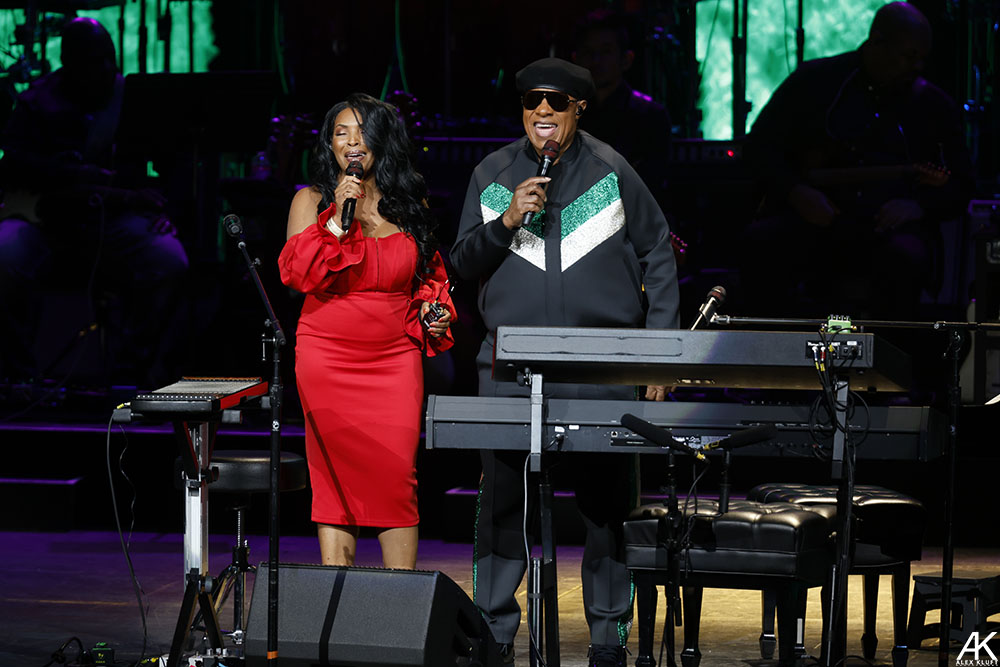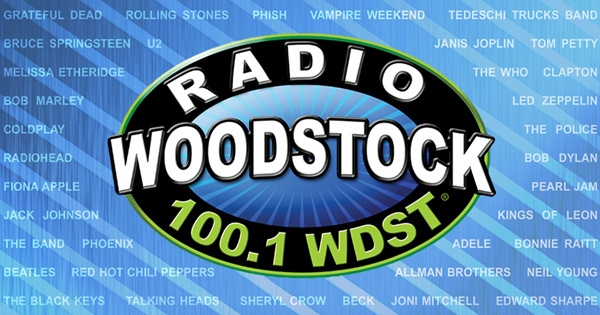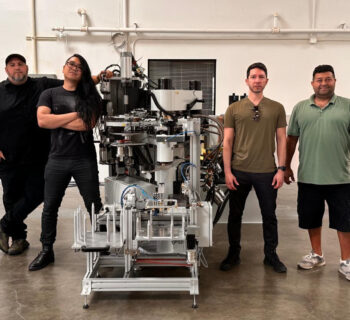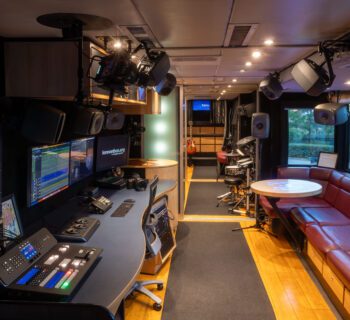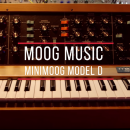Is technology making music more accessible?: A closer look at how AI transforms the way we experience, learn and create music
There are ongoing debates about the pros and cons of Artificial Intelligence (AI) in various aspects of our personal and professional lives. While there are varying viewpoints about the possible outcomes of using AI, it would be interesting to look at how this phenomenal technology redefines an omnipresent component in our daily lives- music. We engage with music primarily as listeners, and many of us go on to learn and even create music on our own. Irrespective of the degree of our involvement or expertise with the craft, our experiences are deeply impacted by technology. Perceptibly and otherwise.
New ways of experiencing music and engaging with it
Social media and streaming platforms are powerful vehicles of technology that carry the pulse of popular culture and expose us to new ways of experiencing life every single day. Especially regarding the music industry, technology amplifies the visibility of artists and their music by enabling them to reach their listeners wherever they are. When we look at recent trends on social media, we often see songs from yesteryears resurfacing and getting along with digital natives like a house on fire! Well, imagine if we had a penny for every time we saw a rendition of Wednesday Addams dancing to The Cramps' 1981 cover of "Goo Goo Muck" on our feeds?
Earlier, we had to go searching for the music we liked but weren’t as exposed to much of what we would have liked. Now algorithms suggest what we would most probably like based on user data on behavior, similarity, and other metrics, thereby giving us personalized curations to suit our evolving preferences. Think Spotify’s personalized recommendations or playlists like Discover Weekly. As listeners, we have also grown more vocal about our music taste and prefer to share it with the world. Everytime we search for a suitable song to match the mood of our Instagram stories, make a Tik Tok on a song we cannot get enough of or share our Spotify Wrapped on our profiles, we’re closely engaging with music more personally than ever before. The division between the artist and the audience is narrowing as we continue to express ourselves through what we're listening to- it's almost like having an actual soundtrack to our lives!
Indulging the music lover’s aspiration to play their favorite music themselves
Back in the day, what would have just stayed a dream for many, is being made possible by technology today- both in terms of convenience and affordability. Music lovers can now engage with music by participating in it actively rather than just being passive listeners. If you want to play a song you discovered through a new show recently, nothing is standing between you and your guitar! Inspiration no longer has to stop where practicalities begin.
Learning to play an instrument is an exciting prospect, but beginners often tend to feel intimidated and discouraged by aspects of music theory and such nuances that may initially seem out of their reach. It is also possible that their personal preferences don't necessarily match with the choice of songs that are presented as the ideal selection to help them get started with learning. From too old or too classic to too country or too pop, this mismatch can be one of the reasons for losing interest in pursuing the skill. On the other hand, learning the songs you want to play is a big incentive to continue learning.
Consider another commonly observed scenario where an enthusiast picks up an instrument they are only getting familiarized with and while attempting to play a song they like, with chords born out of guesswork or from an internet source picked at random, things don’t often turn out exactly the way they like. Even worse, they are at a loss where to start, as they can't find notes or chords to the song anywhere online! It’s somewhere around this point that demotivation creeps in.
Now consider an AI-enabled platform like Chordify, which enables users to get the chords to any song they wish to play on their guitar, piano, or ukulele by simply uploading an audio file from YouTube, Deezer, SoundCloud, or even a private collection of music- if it is not already available in their library of more than 36 million songs the app invites users to play. The algorithm is designed to recognize chords from audio signals and automatically turn them into chords with accuracy. It doesn’t even matter if the song is a popular one or not, as the algorithm is capable of chord recognition and beat tracking even for something that’s very niche.
So, how does AI make this possible?
As simple and straightforward as it may seem to users, a lot of work goes into achieving this feat. Chordify uses deep neural networks in its endeavor of generating chords accurately. A deep neural network can be thought of as a robot that can be programmed to have a certain input-output behavior. The training of this robot starts by feeding it vast amounts of spectrograms (time-frequency representation of the musical content in a given audio) of songs along with chord labels that it is expected to recognize, and the same procedure is followed in the case of beats as well. The robot eventually learns to recognize chords and detect beats, and will know how to do the same even for audio it has never encountered before- the result of being fed with thousands and thousands of songs as examples! The algorithm constantly undergoes improvements and the quality of output keeps getting better and better. In a nutshell, this is what happens when music meets Machine Learning.
Helps beginners learn and experts experiment
Just as this technology makes it easier for beginners to learn, practice and stay motivated through their music learning journey, it also enables those who are ahead in the game to take their music several notches higher. By providing an opportunity for musicians to effortlessly experiment with new and complex types of music, which would have otherwise been extremely difficult or time consuming to attempt, technology brings artists up close and personal with their
own music. Even for those who may not have a theoretical background or experience with extracting chord progressions by themselves can make use of this technology to get the accurate chords without any guesswork.
Songwriters can, for instance, upload their own music to Chordify to get chord progressions and simplify them if they feel like it. This can seamlessly assist with the music creation process through features that can transpose chords, download chord sheets, provide cool chord diagrams with a digital capo, to name a few. Advanced musicians can make excellent use of the edit function to make chords more sophisticated and nuanced. Bass players can add the bass note (beyond just the second or third inversion note) and see at a glance what notes to play under what chords, while pianists can create progressions with proper voice leading for the left hand. Music producers can download the chord progression in MIDI which enables them to use the chords in their digital audio workstation (DAW) software with any instrument of their choice. If it’s not obvious already, the possibilities are limitless!
Summing up
Irrespective of where someone is in their music journey, AI is certainly a game-changer not only in making music more accessible and as personalized as ever, but also in making the process enjoyable and immersive throughout. It’s far more inspiring to play your music when you know you’re well equipped to do things your way without having to leave anything to chance. What technology essentially creates here is a safespace for everyone to learn and create music at their own pace and flow, with an implicit promise that everything you need to stay motivated is being taken care of.
Author: Tijmen Ruizendaal, Co-founder of Chordify

